Waverley Cemetery is of state heritage significance for its association with a number of high-achieving, famous and notable people from across NSW, Australia and the world. Operating continuously for almost 150 years and the final resting place for over 100,000 people, Waverley Cemetery has buried and interred a diverse selection of notable people from literary, business, arts, political and sporting backgrounds.
Arts & Culture
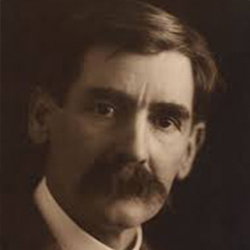 Henry Lawson Henry LawsonJournalist, poet & author, and a favourite of JF Archibald at The Bulletin, his While the Billy Boils (1896) remains one of the great classics of Australian literature. Received a state funeral upon his death in 1922. Watch video | 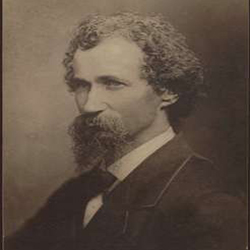 Henry Kendall Henry KendallPoet & author. Once regarded as the finest poet Australia had produced, his 'Songs from the Mountains' (1880) was a huge success. Known as a lover of the bush and fine horseman. Watch video | 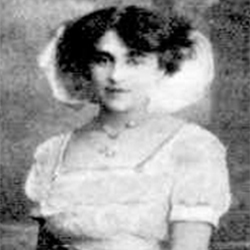 Eveline 'Queenie' Paul Eveline 'Queenie' PaulVaudeville artist, theatre producer and entrepreneur, 'Queenie' left school at 15 to join the chorus. One of the most famous names in Australian showbiz, she was still performing on stage and television in her 80s. |
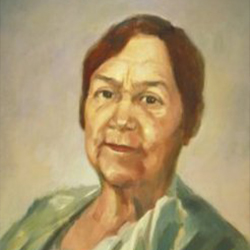 Isabel Marion Dorothea Mackellar From a privileged Sydney family, Mackellar's poem 'My Country' has remained one of Australia's most popular verses. Appointed O.B.E. shortly before her death in 1968. Watch video | 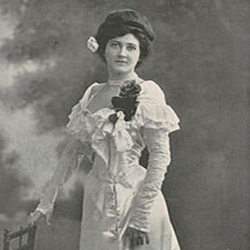 Maud Jeffries Osborne An American leading lady, Maud Jeffries toured Australia and New Zealand to great acclaim. She settled at Gundaroo in NSW where she gained a reputation as a talented garden designer. | 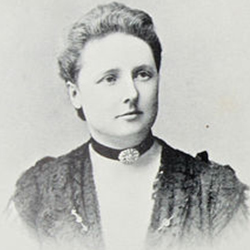 Ethel Charlotte Pedley A classically trained violinist and composer, Pedley is best remembered as the author of the classic Australian children's book 'Dot and the Kangaroo'. First published in 1899, the book is still in print. |
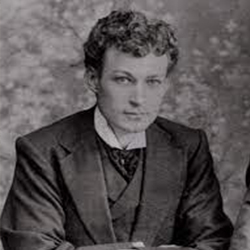 Oscar Eliason 'Dante the Great', illusionist & magician. Performed in record-breaking seasons in Australia in 1898/99. Died of an accidental gunshot wound in Dubbo in November 1899. | 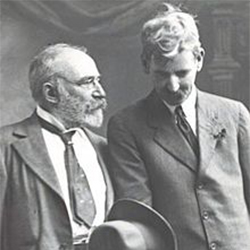 J F Archibald Co-founding publisher of The Bulletin & benefactor of The Archibald Prize and the Archibald fountain in Sydney's Hyde Park. Fierce proponent of Australian independence and supporter of Australian literature. Watch video | 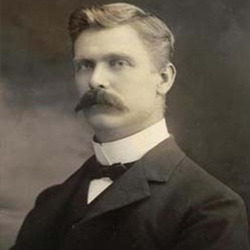 Roderic Quinn Roderic QuinnPoet, novelist & short story writer, Quinn was a rarity among poets of the time in that he was able to support himself through sales of his poetry. He also regularly wrote short stories for The Bulletin. |
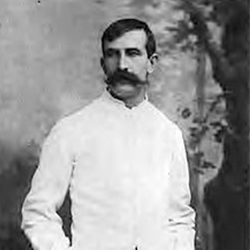 Louis Becke Having spent his late teens and twenties travelling the Pacific as a trader, Becke turned to writing novels based on his adventures. He published 34 books in all but died penniless in 1913. | 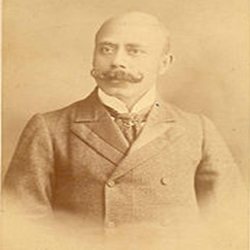 Orpheus Myron McAdoo Orpheus Myron McAdooAmerican singer and minstrel show impressario, best known for his troupes The Georgia Minstrels and Alabama Cakewalkers. He toured extensively in Britain, South Africa and Australia. | 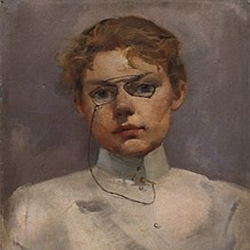 Alice Jane Muskett Having studied with Julian Ashton, Muskett exhibited in Paris and London. She also published verse and short stories, as well as a feminist novel 'Among the Reeds', in 1933. |
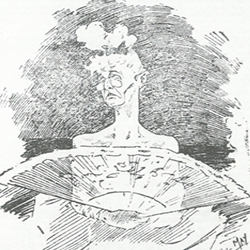 Alexina Maud Wildman Alexina Maud Wildman 'Ina' Wildman's satirical column (as Sappho Smith) was one of the most popular in 'The Bulletin' in the 1890s. Her career was bright but brief; she died of nephritis at the age of 29. | 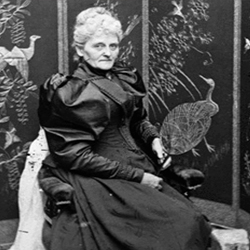 Caroline M Keightley Caroline M Keightley A noted stage actor, 'Kate' Keightley is perhaps best remembered for her bravery in saving her husband's life from the bushranger Ben Hall, and thereby becoming one of the heroines in 'Robbery Under Arms'. | 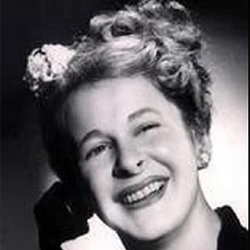 Gwen Plumb Incredibly versatile, Plumb was a star of stage, radio, TV soaps, interviewing and more. She starred in the radio series 'Blue Hills' in the 1940s and hosted a radio program from 1945 to 1974. |
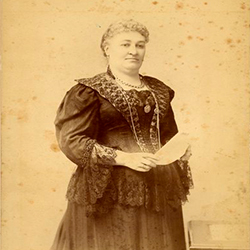 Juliette Henry Juliette Henry A respected teacher and lecturer, Henry founded the French Literary Circle in Sydney, to promote French literature and culture. Her memorial was erected by friends & members of the Circle. | 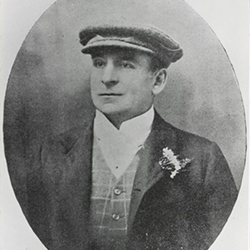 Harry Rickards Harry Rickards A Cockney showman, Rickards became Australia's leading theatre owner with the Sydney Tivoli, Melbourne Opera House and others. Brought the world's best variety artists to Australia for two decades. | 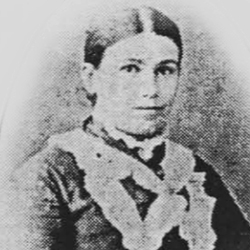 Jeannie Lockett Jeannie LockettA leading social and political writer, she was also headmistress at Camperdown, Plunkett St and Forest Lodge Public Schools. A fine storyteller and novelist, she suffered a fatal illness, aged just 43. |
Politics & Law
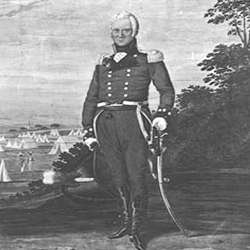 George Johnston Royal Marines officer, First Fleet. Reputedly the first man ashore in Port Jackson. Led the troops in the Rum Rebellion. Married Esther Abrahams and established Annandale Farm. | 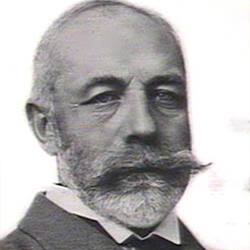 Sir Robert Duff Governor of NSW 1893-95. Was made a naval commander in 1865 and was MP for Banffshire, Scotland from 1861 until 1893, when he was appointed the 18th Governor of NSW. Watch video | 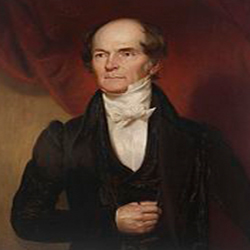 Sir Francis Forbes First Chief Justice of NSW 1824-37, Forbes helped to shape the constitution of the early colony, often against powerful landholding opposition. Also opposed continued transportation to the colony. |
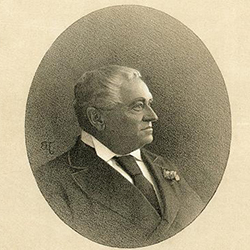 William Bede Dalley Son of convict parents, Dalley rose to become a prominent barrister, politician and newspaper owner. Known for both his eloquence and his jovial nature, and recognised as a great statesman and patriot. |  George Mure Black Journalist and early Labor Party organiser, Scots-born Black led a colourful and influential life in the early 20th century. He also wrote the first history of the NSW Labor Party. | 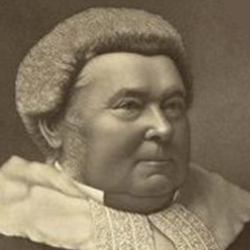 Sir James Martin A former premier, attorney general and chief justice of NSW, Martin had an illustrious legal career through the mid-to- late 19th century. Martin Place is named after him and Lady Martin's beach after his wife. |
Sport
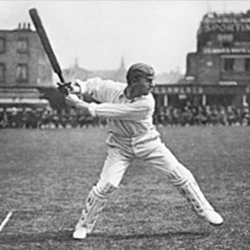 Victor Trumper One of the first great Test batsmen, he was described by Wisden in 1902 as 'the greatest batsman in the world'. The first batsman to score a Test century before lunch, his stroke play changed the way the game was played. Watch video | 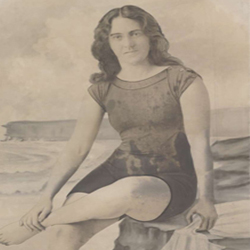 Sarah 'Fanny' Durack The first Australian woman to win Olympic gold (Stockholm 1912). During her career she held the world record at every distance, from 100m to the mile. Upon retirement, she devoted herself to coaching children in swimming. Watch video | 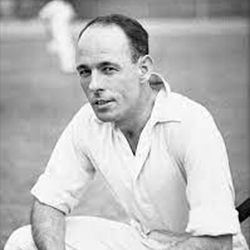 John Henry Webb 'Jack' Fingleton Test cricketer, journalist & Bodyline veteran, he was a Waverley local and courageous batsman for NSW and Australia. Also a distinguished Canberra press gallery correspondent from 1944 to 1978. |
Health services
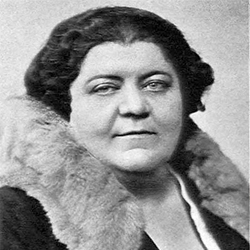 Dame Constance Elizabeth D'Arcy As an obstetrician, gynaecologist and surgeon, Dame Constance had a distinguished career in medicine, particularly in improving health standards in childbirth. She was appointed DBE in 1935. Watch video | 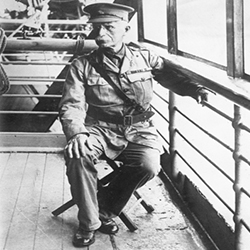 Thomas Henry Fiaschi Decorated army medical officer, accomplished surgeon and expert winemaker, Fiaschi and his son Piero are commemorated by the Florentine 'Porcellino' monument outside Sydney Hospital. | 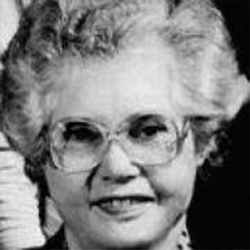 Margaret Turner Clarke An accomplished harpist, Clarke trained at Florence Nightingale's hospital and dedicated her life to medical and philanthropic causes, shaped, in part, by her experience of the riots at Lambing Flat (Young) in 1861. |
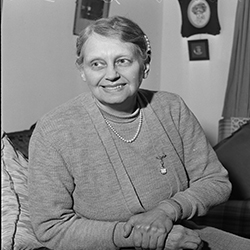 Matron Edna Mary Anna Jane Shaw Through her work at Crown St Women's Hospital, Matron Shaw was known as 'the mother of 100,000 babies'. Loved and respected, she worked long hours doing whatever was needed. Appointed OBE in June 1950. | 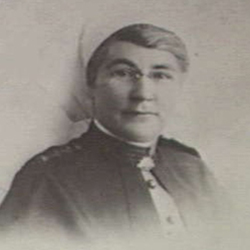 Rose Anne Creal Appointed Matron of Sydney Hospital in 1899, Rose Creal was known for her extraordinary stamina. She was awarded the Royal Red Cross for her service in Egypt during WW1. | 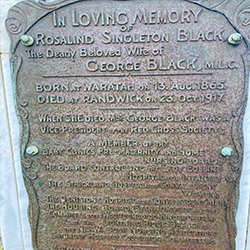 Rosalind Singleton Black At the time of her death, Rosalind Black was a vice-president of the Red Cross Society. Described as a 'tireless humanitarian', she also served on many hospital and nursing boards. |
Business & Society
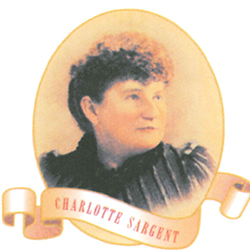 Charlotte Sargent Charlotte Sargent and her husband George had a booming meat pie business in Sydney during the 1890s. Generous employers, they also supported war widows and returned soldiers. Watch video | 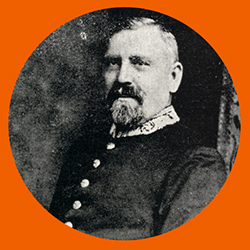 Edmund Resch German-born, Edmund arrived in Australia in 1863 and, with astute business acumen, built and bought his way to become one of Australia's most successful brewers. He lived in great style in 'Swifts' at Darling Point. | 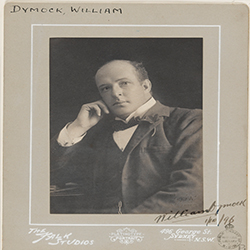 William Dymock The first Australian-born founder of a successful long-term bookselling business. By the 1890s he was describing his Sydney bookstore as the largest in the world. He was also a Sydney councillor, before his death in 1900, aged just 39. |
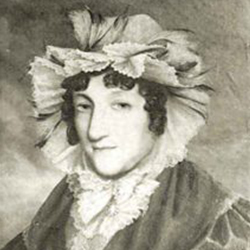 Esther Abrahams Sentenced to seven years transportation, she met Lt. George Johnston on the voyage to NSW. They married in 1814. By the time of the 1828 census, she was a free settler with 2,460 acres of land. | 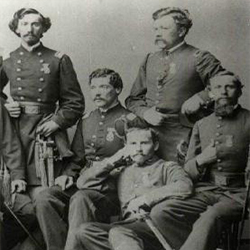 Phineas & John Solomon Thompson US Civil War Veterans. Born in England they lived in Massachusetts and joined infantry units during the war. Moved to Sydney in the 1880s, where Phineas worked in the tobacco industry. | 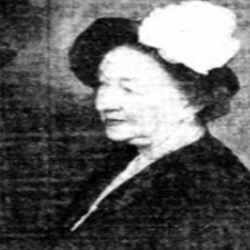 Nellie Field Already a concert pianist at the age of 20, Nellie Field took a great interest in horse racing. Her horses won the Sydney Doncaster (1946 & '47) and the Epsom ('46). Lived in grand house, 'The Bunyas' in Bellevue Hill. |
Unique Stories
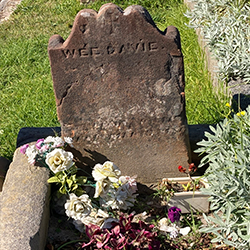 Wee Davie The first burial in a Catholic section, Wee Davie was long thought to have been an orphan, killed by a butcher's cart. We now know his father was Joseph Forde, who paid for his grave, and Davie died of diphtheria. Watch video | 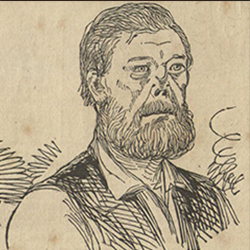 Robert Rice Howard Known as 'Nosey Bob'. NSW Executioner 1876-1904. A successful hansom cab driver, he lost his business after being kicked in the face by a horse. His role as executioner brought both infamy and financial security. | 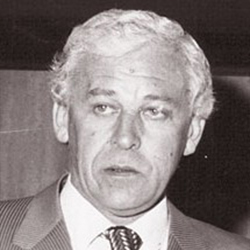 George Freeman Known in 1970s and 80s Sydney as a 'colourful racing identity', Freeman ran illegal bookmaking and casinos. He admitted his involvement in the Sydney underworld in his 1988 memoir. |

